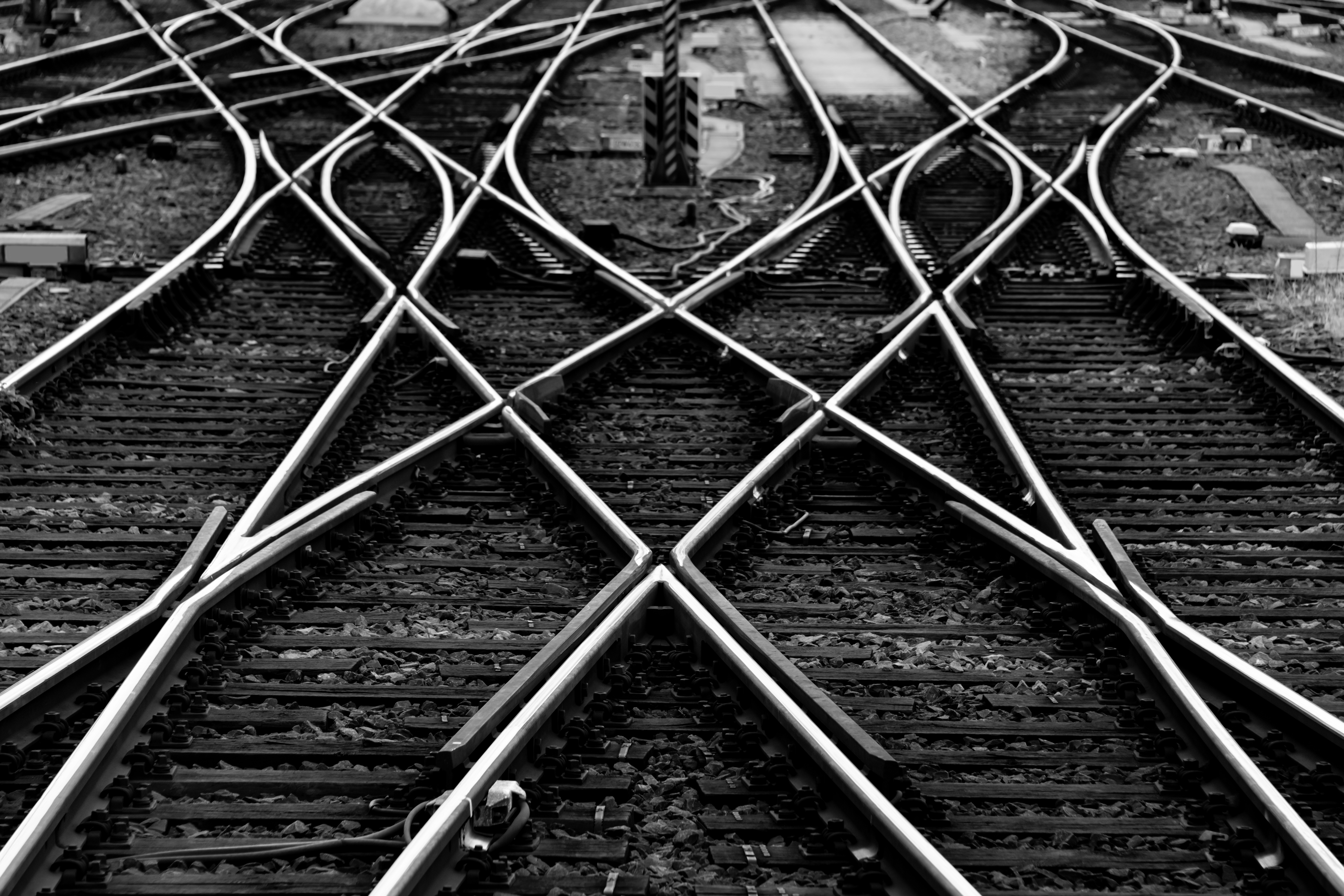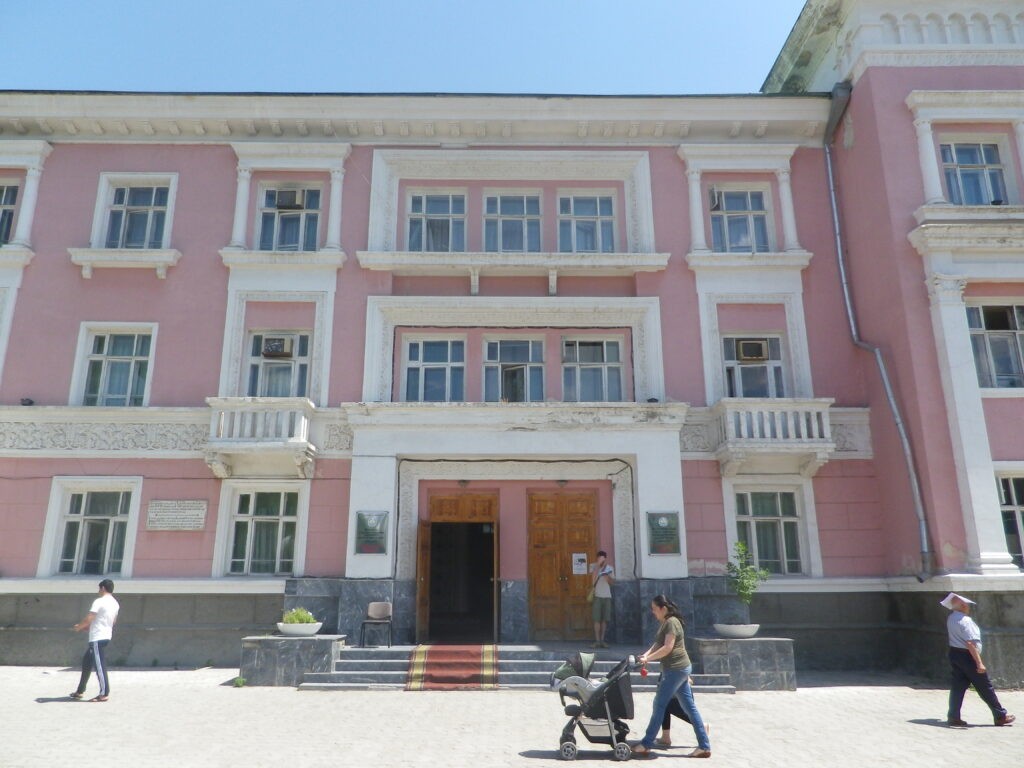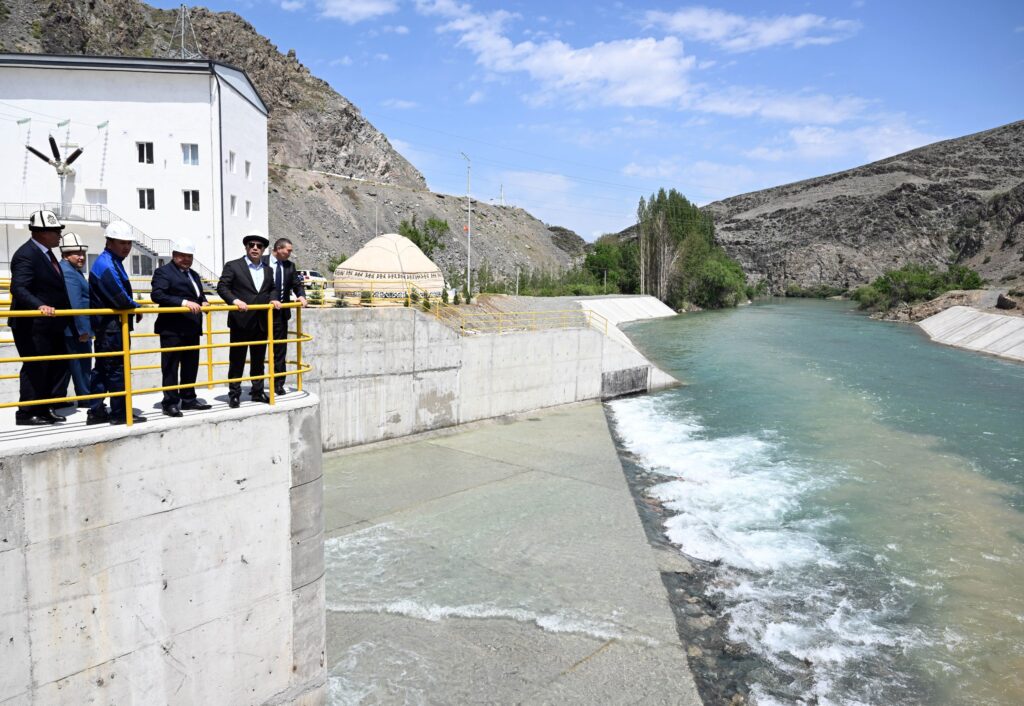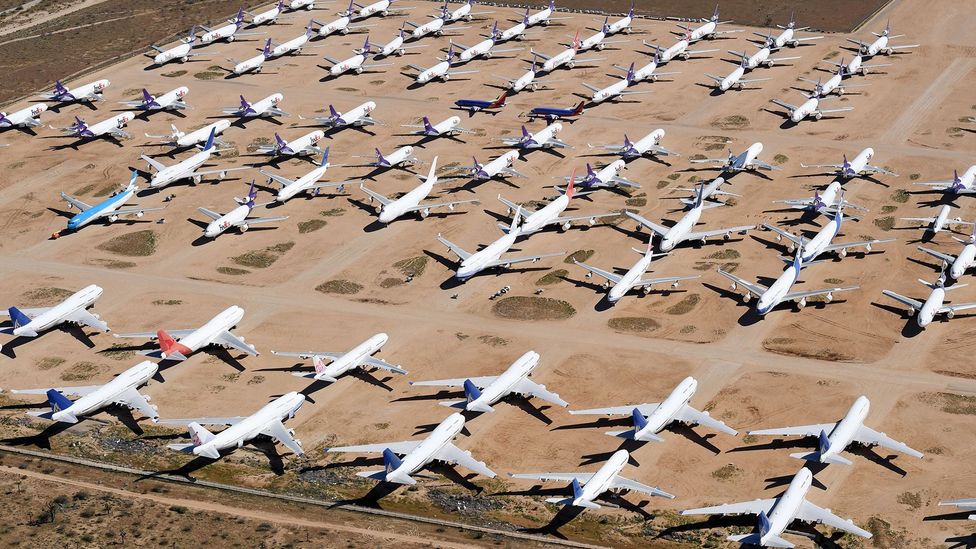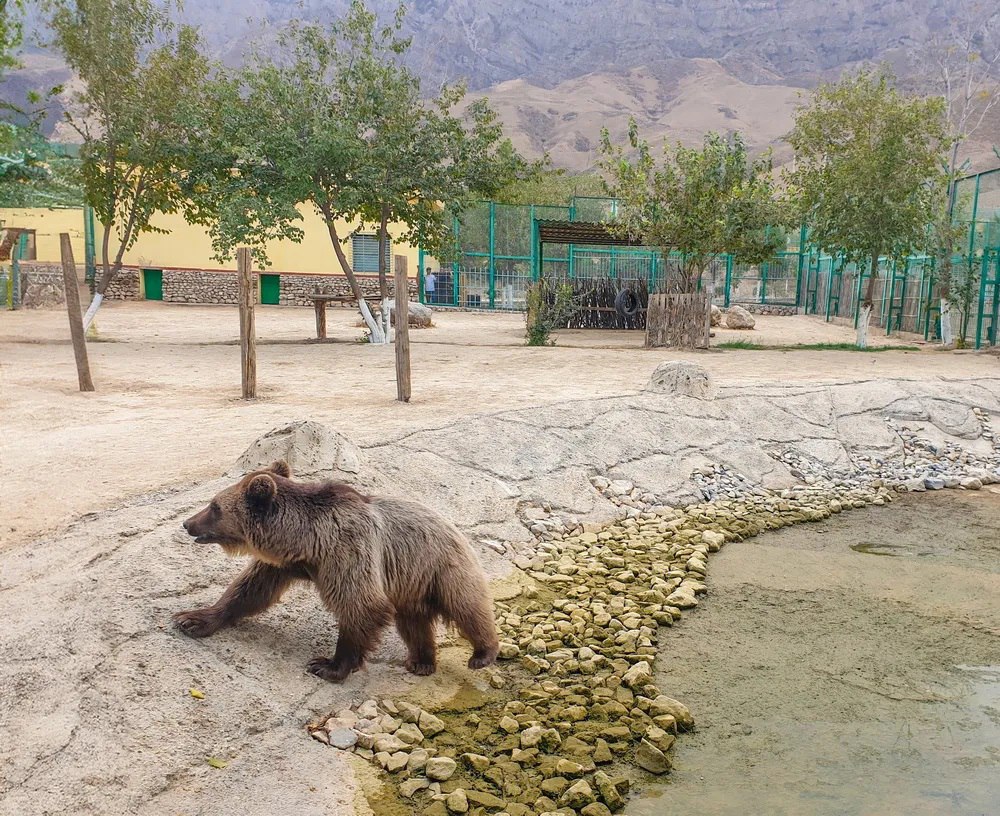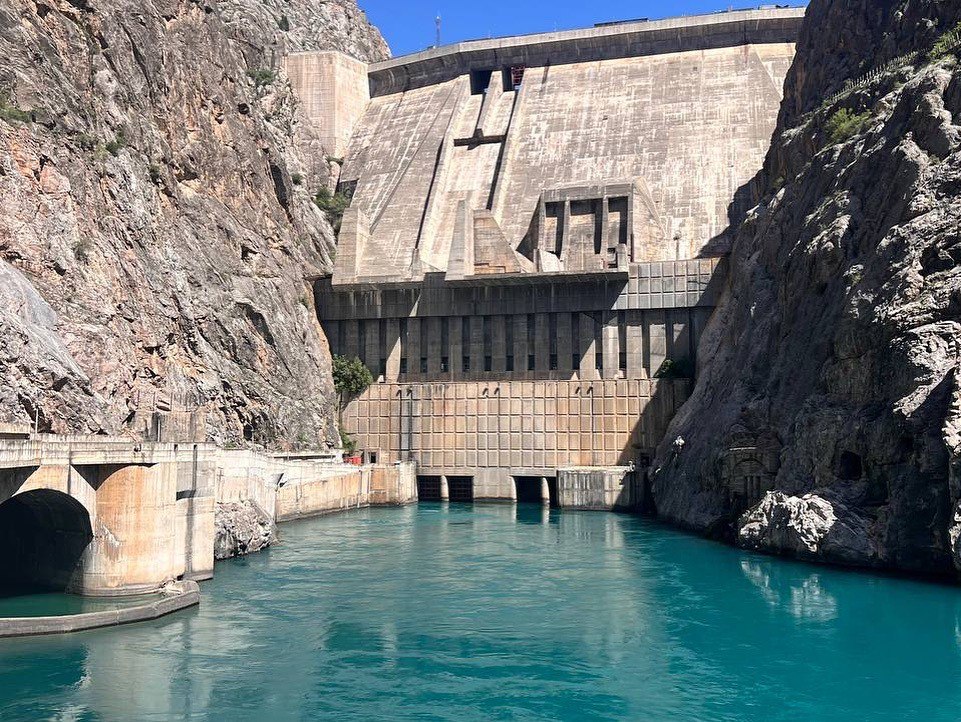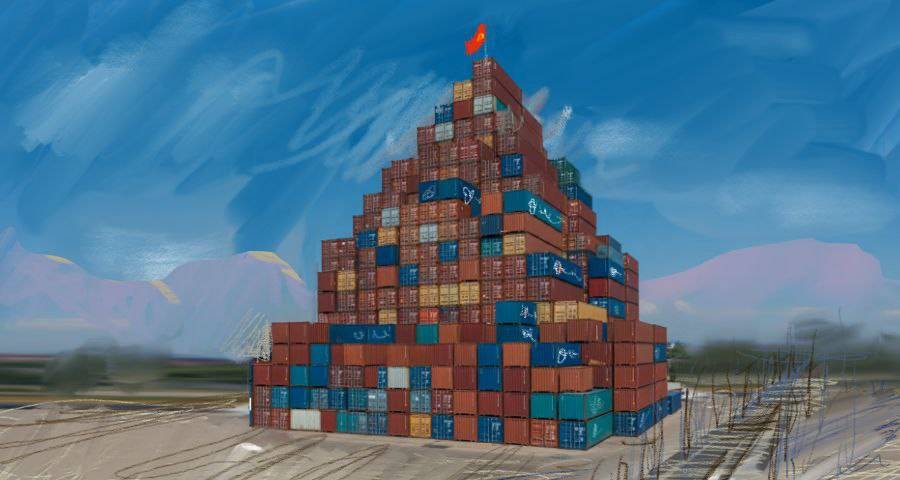The construction of a railroad along a route linking the three countries has been delayed due to an ongoing search for investors.
Conceived last century, the 454-kilometer China-Kyrgyzstan-Uzbekistan railroad project is designed to connect the railroads of China and Uzbekistan through the territory of Kyrgyzstan, and provide links to the European railroad networks via Turkmenistan, Iran and Turkey as part of the New Silk Road transport system.
Discussions continue concerning the potential profitability of the large-scale project and despite an announcement by Kyrgyz President Sadyr Zhaparov that construction would begin this year, no progress has been made to date.
Landlocked Kyrgyzstan is understandably the most interested of the three countries in establishing the rail connection. The new highway would shorten the existing transport corridor by 900 km, improve transportation between Central Asian countries, and provide access to deep-water ocean ports. According to calculations by Chinese specialists, the cost of the railroad trunk line through Kyrgyzstan is estimated at $1.34 billion, while the total amount of the project is $4.7 billion.
“The sum is very large and will take 35-40 years to be paid off”, reported Zhaparov. “But rather than being a dead end, our country will become a transit state . The road will serve the Kyrgyz people and our country for a lifetime. We are (therefore) considering implementing this project in a different way to external borrowing.”
According to preliminary agreements, construction of the China-Kyrgyzstan-Uzbekistan railroad will be carried out by the Chinese company China National Machinery Import & Export Corporation. However, Chinese investors in Kyrgyzstan are viewed with caution — especially if one takes into account that of $4.8 billion of Bishkek’s total foreign debt, at least $1.8 billion is held by the Export-Import Bank of China.
Many experts are sceptical about the feasibility of building such a large-scale railway. Material investment and labour inputs will be required to lay the track through inaccessible and inhospitable mountainous terrain — not to mention the construction of bridges and tunnels; all of which have the potential to incur unforeseen costs and construction time. The ambitious transport corridor will also require coordination on many administrative levels, including tariffs and customs regulations and procedures, which could discourage logistics planners from choosing the new, unproven route in favour of those already established.
